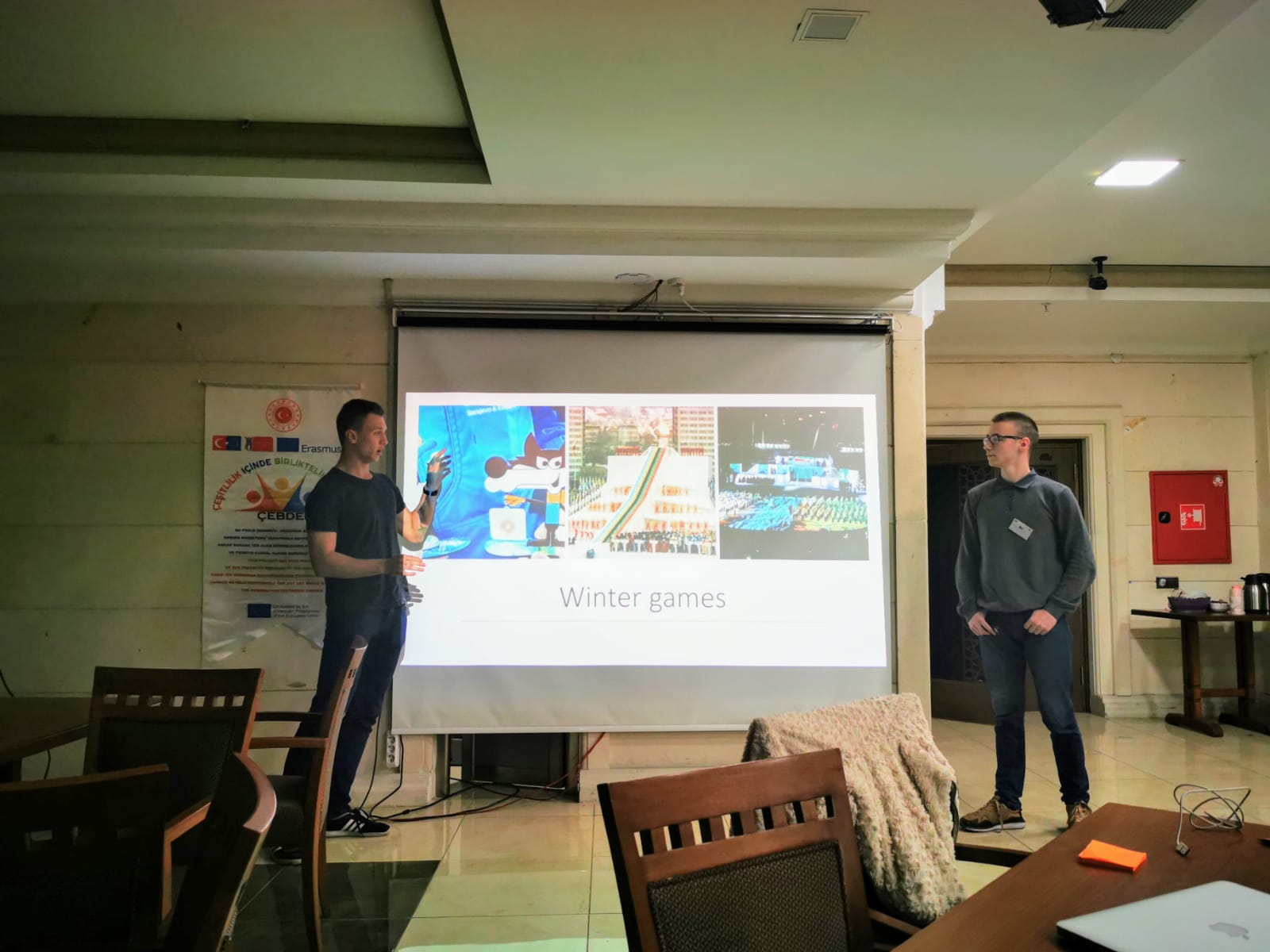
The vision of the project:
Our vision is to prevent or mitigate the occurrence of violent/aggressive speech and to bully on the internet with the education and promotion of a positive mindset. We will provide our youth workers, leaders, and young adults with the methods, tools, and guidance necessary to achieve our objective.
The problem of starting bullying or being involved in bullying:
- When it comes to social media, it’s no big secret that cyberbullying is prevalent, particularly among teens and young adults. It’s too easy to bully and say whatever they want to each other from behind the safety of their usernames and devices. Approximately 34% of the students surveyed by the Cyberbullying Research Center have experienced cyberbullying in their lifetimes.
- Cyber “bully/victims” were heavily involved in “traditional” forms of bullying – 64% had been bullied, and 66% had bullied others. In a study of high school students, 61% of cyber “victims” also reported being victims of “traditional” bullying; 55% of cyber “bullies” also said they had bullied others in “traditional ways.” (https://bit.ly/MindOfABully )
- When an individual’s identity is not stable, his/her attempt at intimacy may lead to isolation, and intimacy attempts become desperate attempts showing bullying and harassment. (Berzoff, 2008, p. 112).
Our solution – Applying positive psychology and fostering a positive mindset.
Positive psychology is a scientific study of what makes people thrive and focuses on behaviors that can lead to a more optimized frame of mind to lead to more practical actions, much like cognitive-behavioral therapy (CBT). But compared to CBT, positive psychology focuses more on what makes it already functional; it focuses on strengths instead of weaknesses (Martin Sellingman, Father of modern positive psychology – https://bit.ly/PositivePsychologyDef ). Positivity improves life, the workplace place, family, and society as a whole.


